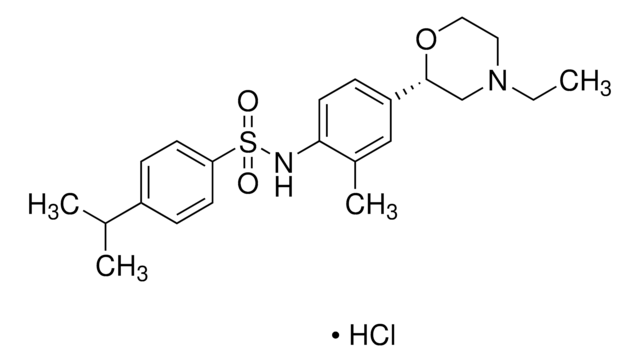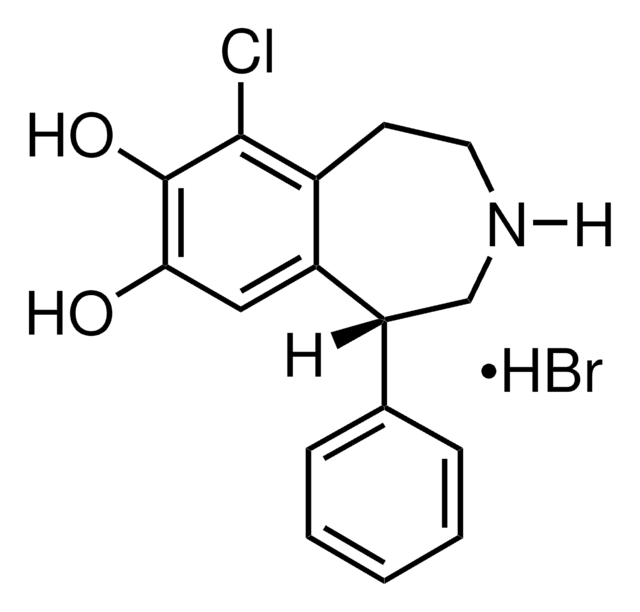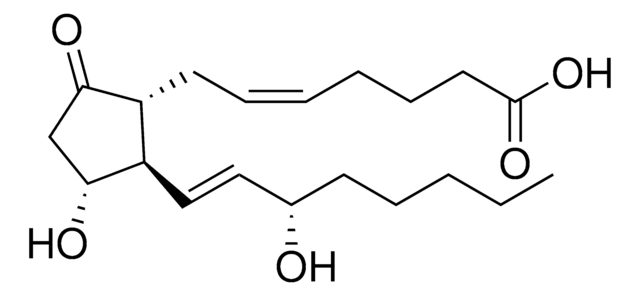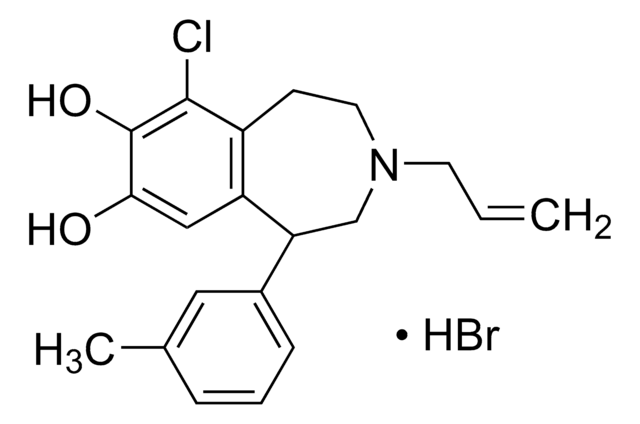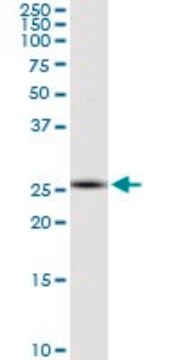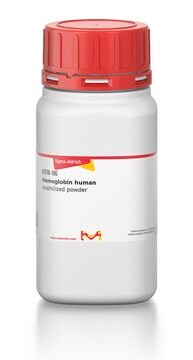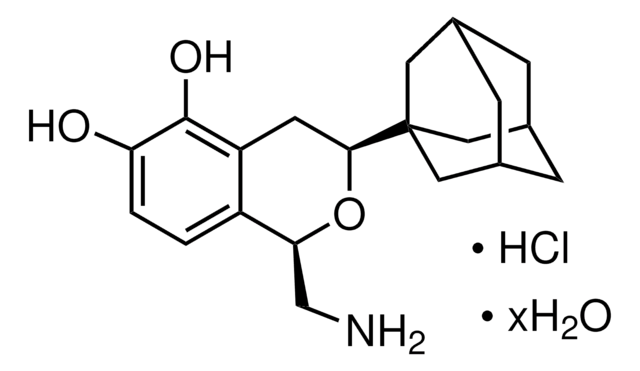S2816
SKF-83959 hydrobromide
≥98% (HPLC), solid
Synonim(y):
6-Chloro-7,8-dihydroxy-3-methyl-1-(3-methylphenyl)-2,3,4,5-tetrahydro-1H-3-benzazepine hydrobromide
About This Item
Polecane produkty
Poziom jakości
Próba
≥98% (HPLC)
Postać
solid
kolor
white
rozpuszczalność
DMSO: >20 mg/mL
H2O: insoluble
ciąg SMILES
Br[H].CN1CCc2c(Cl)c(O)c(O)cc2C(C1)c3cccc(C)c3
InChI
1S/C18H20ClNO2.BrH/c1-11-4-3-5-12(8-11)15-10-20(2)7-6-13-14(15)9-16(21)18(22)17(13)19;/h3-5,8-9,15,21-22H,6-7,10H2,1-2H3;1H
Klucz InChI
FHYWNBUFNGHNCP-UHFFFAOYSA-N
informacje o genach
human ... DRD1(1812)
Zastosowanie
Działania biochem./fizjol.
Kod klasy składowania
11 - Combustible Solids
Klasa zagrożenia wodnego (WGK)
WGK 3
Temperatura zapłonu (°F)
Not applicable
Temperatura zapłonu (°C)
Not applicable
Środki ochrony indywidualnej
Eyeshields, Gloves, type N95 (US)
Certyfikaty analizy (CoA)
Poszukaj Certyfikaty analizy (CoA), wpisując numer partii/serii produktów. Numery serii i partii można znaleźć na etykiecie produktu po słowach „seria” lub „partia”.
Masz już ten produkt?
Dokumenty związane z niedawno zakupionymi produktami zostały zamieszczone w Bibliotece dokumentów.
Nasz zespół naukowców ma doświadczenie we wszystkich obszarach badań, w tym w naukach przyrodniczych, materiałoznawstwie, syntezie chemicznej, chromatografii, analityce i wielu innych dziedzinach.
Skontaktuj się z zespołem ds. pomocy technicznej
